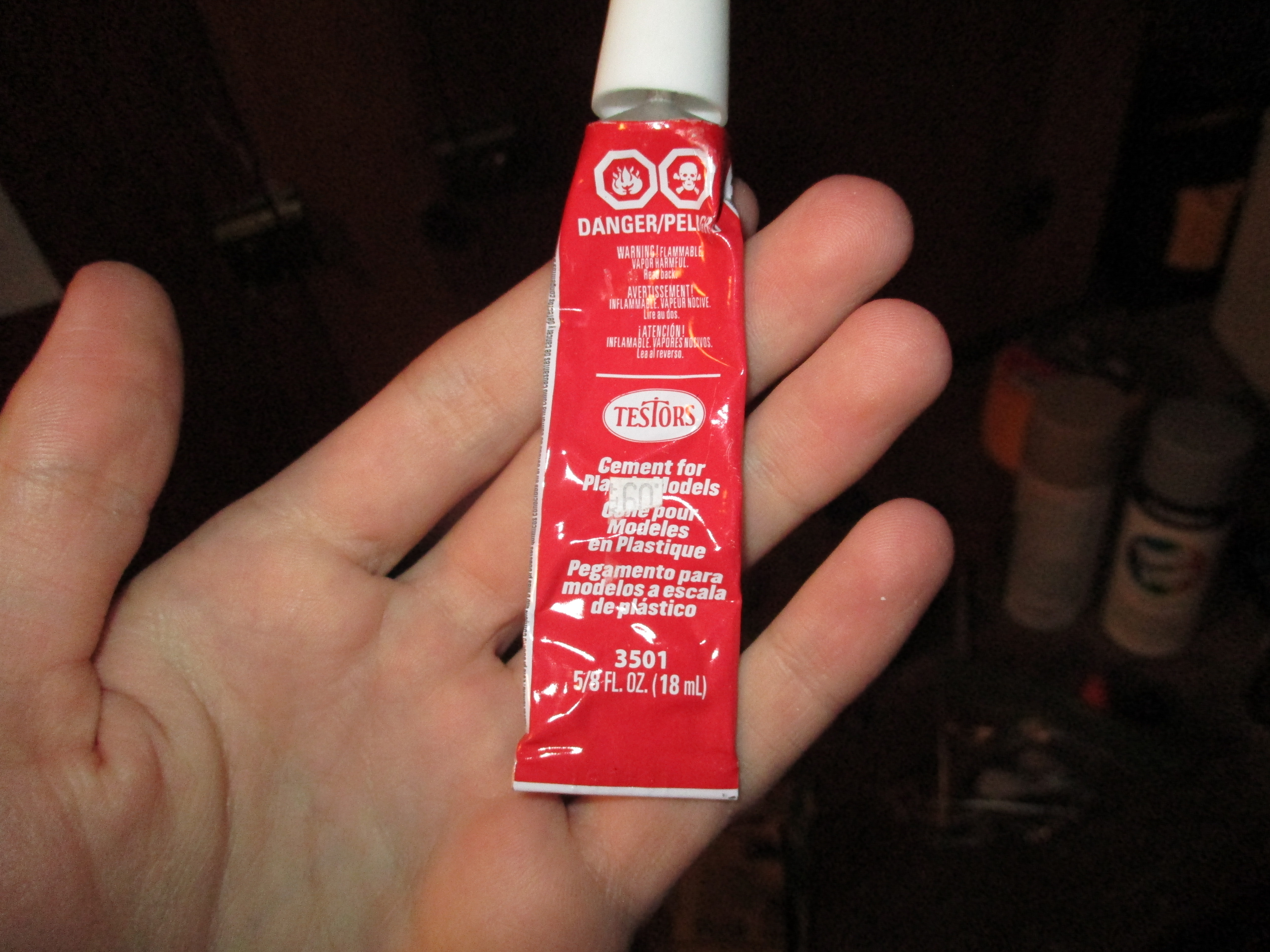So I was looking at Sean Bradley's complete safety guide thread, and I was wondering if I need to go out and buy a respirator or if I'm good just being careful.
Obviously, that statement right there implies that I need to go out and buy safety equipment, but here's the thing: Right now I'm not doing bondo or fiberglass or other nasty stuff.
The main things I'm working with are two-part modelling putty/filler, (not sure if contains epoxy or not) Squadron-brand white filler putty, traditional modelling cement, and cutting and sanding plastic as well as the above mentioned materials. I also use traditional spray paint but I always paint outside.
I know for sure that the model cement contains toluene, and the white putty probably does
I don't mind spending the money to protect myself, I just want to know if I need to.
Here are a few cruddy pictures of the materials I use:
Obviously, that statement right there implies that I need to go out and buy safety equipment, but here's the thing: Right now I'm not doing bondo or fiberglass or other nasty stuff.
The main things I'm working with are two-part modelling putty/filler, (not sure if contains epoxy or not) Squadron-brand white filler putty, traditional modelling cement, and cutting and sanding plastic as well as the above mentioned materials. I also use traditional spray paint but I always paint outside.
I know for sure that the model cement contains toluene, and the white putty probably does
I don't mind spending the money to protect myself, I just want to know if I need to.
Here are a few cruddy pictures of the materials I use:




